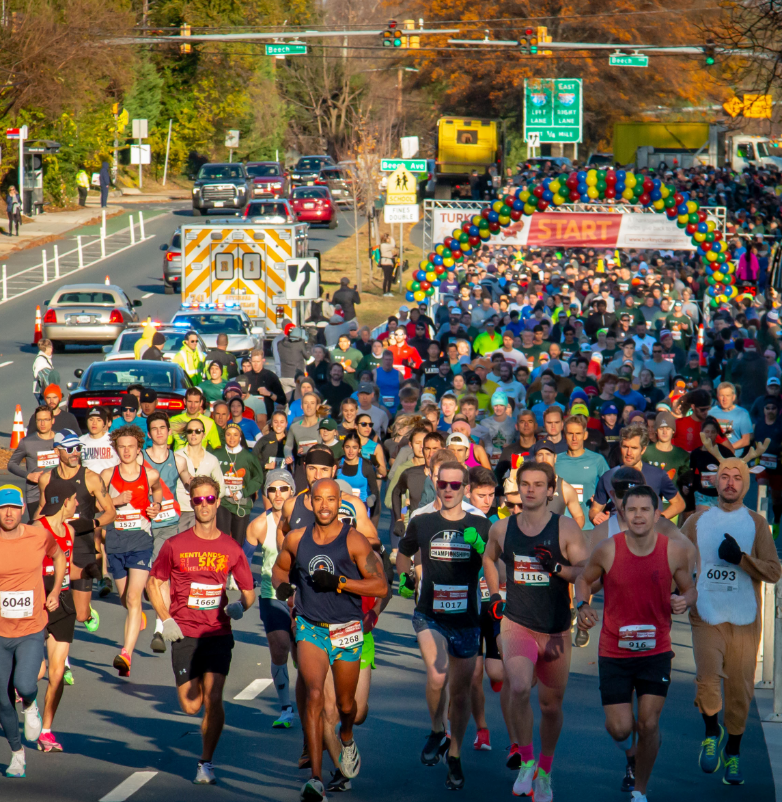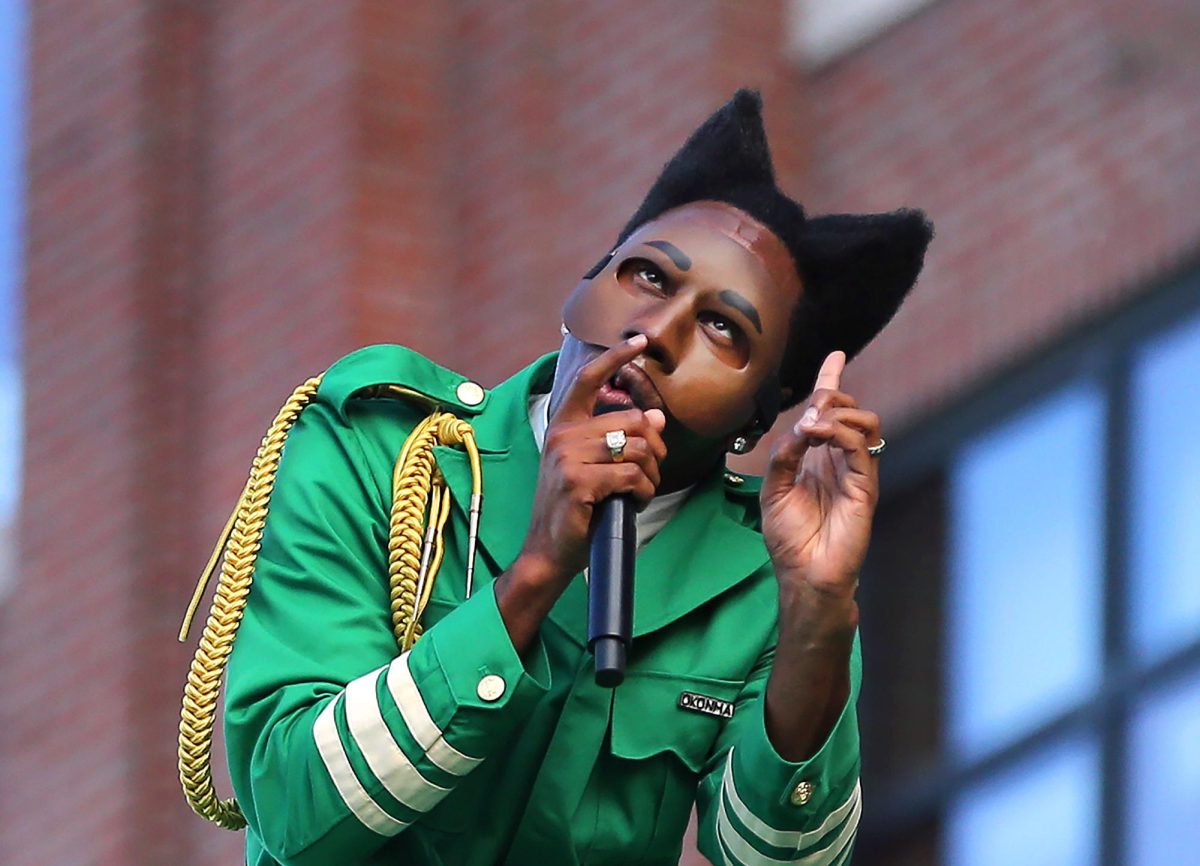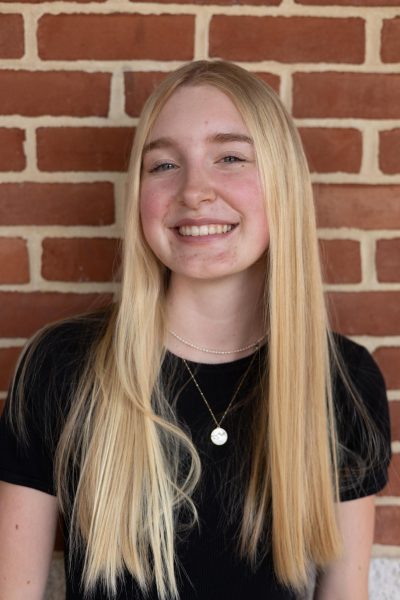“You ain’t in the studio with me but want commission/And if I wanna release my art, I need permission,” Artist Little Simz raps on her 2022 album “NO THANK YOU.” Simz, like many artists of this generation, refers to her experiences with the music industry and its impact on her mental health often in her music.
While DMV labels strive to make the process easier, many musicians find that the most direct path to fame and success is working in the industry. Thus, when singers like Chappell Roan or Beyoncé emerge onto stages to perform for swaths of screaming fans, it’s easy to forget that they too, struggled to gain popularity.
The phrase “the music industry” refers to organizations that work behind the scenes with mainstream artists to write and produce their songs, sell recorded music through record labels, organize tours and manage their social media presence.
Music industry executives engender a toxic environment for young artists, exploiting their age with unfair contracts and schemes. Chappell Roan, who signed with Atlantic Records in 2015 at age 17, serves as a warning for new musicians in the industry. Atlantic moved her between studios — offering her little freedom to choose collaborators or make artistic choices. In 2017, Roan eventually recorded and released the Extended Play “Good Hurt.” Five years later, Atlantic Records unexpectedly dropped her because her music was “underperforming,” forcing Roan to start from square one. While she has since achieved success and more artistic freedom, she is the exception; not the norm. Still, emerging D.C. labels are attempting to reform the stigma surrounding the music industry.
According to a 2019 study, 80% of musicians from ages 18 to 25 struggled with mental illness due to music-related anxiety, especially pressure to gain and maintain success. With so many popular artists today being under 21, many question the morality of the industry’s practices. Bethesda-Chevy Chase High School junior Sofia Guyer said listeners who want to see young artists’ accomplishments help further propel the toxic nature of the music business.
“Consumers are going to be more attracted to an artist if they’re under 21,” Guyer said. “It’s like, ‘wow, this person has already accomplished this, recorded this many albums, and won this many awards.’ It’s marketable.”
Guyer co-founded youth-run Breakfast All-Day Records alongside fellow junior Tonito Tijerino in July 2023. Their main goal is to cater to the artists’ safety and reputation to mitigate the rise in mental illness within the music industry. Guyer expressed that it felt natural to formulate a different mindset from most record labels.
“We’re never going to influence artists to do something with their music that they don’t want to do,” Guyer said. “Our goal is to nurture artists and give them a platform to express their music, but it’ll never be to tamp down on them.”
Three months after the label’s initial launch in October 2023, Guyer and Tijerino released their first vinyl: “Grip Your Firsts, I’m Heaven Bound” by Michigan-based band Kingfisher. Since then, the juniors have organized several events, including a “School’s Out Matinee” in collaboration with D.C. venue Songbyrd in June 2024 where they debuted high school bands in the greater D.C. area such as Lola, Scoria, and The Plastic Toys. The area’s vibrant music scene depends on teen bands and their venues, said PJ Brownlee, owner of Chevy Chase vinyl store Art Sound Language.
The area’s music venues, including the Black Cat and 9:30 Club, continue to be a key element of the D.C. music community. A 2019 D.C. census found that over 2,500 musicians live in the area. Most teen bands avoid the industry’s bad reputation and simply stick to performances, said sophomore Kathleen Werth, guitarist in the teen band The Plastic Toys.
Werth pointed out the industry’s exclusivity as a reason young artists avoid it. Of the 1.3 million artists who hit international streaming last year, only 0.05% reached the top 35,000 in global charts. Brownlee stated that most record labels will only pursue a band if it fits their specific sound to be presentable with their vision.
“Conformity can happen with groups being in a scene together,” he said. “They’re inspiring each other, they’re influencing one another. But as time goes on, they start to sound more like each other.”
For many emerging artists, financial stability is difficult to achieve through music alone, said senior Max Kaya, guitarist of The Plastic Toys and Whitman band Chrysanthemum. In a 2020 study, 62% of respondents with five or more years of musical experience encountered high levels of financial stress, while 51% said they could barely afford basic living. In contrast, mainstream music industry revenue recently surged to over $10 billion, the highest increase since 2009. Despite this staggering growth, the artists only make up 12% of the business’ nationwide revenue, revealing the disproportionate generated income.
Part of the issue is how the pay structure works, Werth said. Artists frequently have their work on streaming platforms such as Spotify and Apple Music, which divide streaming revenue between all parties involved in the production — often granting the label 65% to 75% of royalties — leaving artists to only make an average of $0.003 to $0.005 and their labels to make $0.75 per stream. Kaya voiced that the lack of financial support is detrimental to artists’ self-image.
“As a musician, you want to go big because you make more money, and you can live off it,” Kaya said. “But, the bigger you go, the less freedom you have, and the more money they make instead of you, and you feel like a product instead of an artist.”
Regardless, economists report that the industry’s help is necessary for the U.S. economy to succeed. The music business supplies 2.47 million jobs and accounts for $9.08 billion in export sales nationwide. Much of this revenue comes from the record label’s marketing for artists, Guyer said.
Marketing managers for a label often use social media to promote artists, using campaigns and collaborations to captivate a young audience. In 2023, the average artist with 10,000 or more followers spent about $14,000 on music marketing. This strategy tends to be successful — a recent study showed that 63% of interviewees discover new artists on social media.
Brownlee explained that countless independent labels in the region promote bands without morphing their image for greater profit. Labels like Dischord and Cuneiform, alongside recent independents Sister Polygon and BLIGHT., often tag small local artists without confining their authenticity. Guyer stated that support from independent labels drives the new generation of musicians to continue playing.
“It’s never been about money or fame for us or other D.C. labels. We will never put that over authenticity and friendship,” Guyer said. “The bonds you can forge through music are so unique from anything else in the world, and I will always believe that.”


















macy_scharpf • Oct 14, 2024 at 8:46 am
LOVE this story! great job katja!